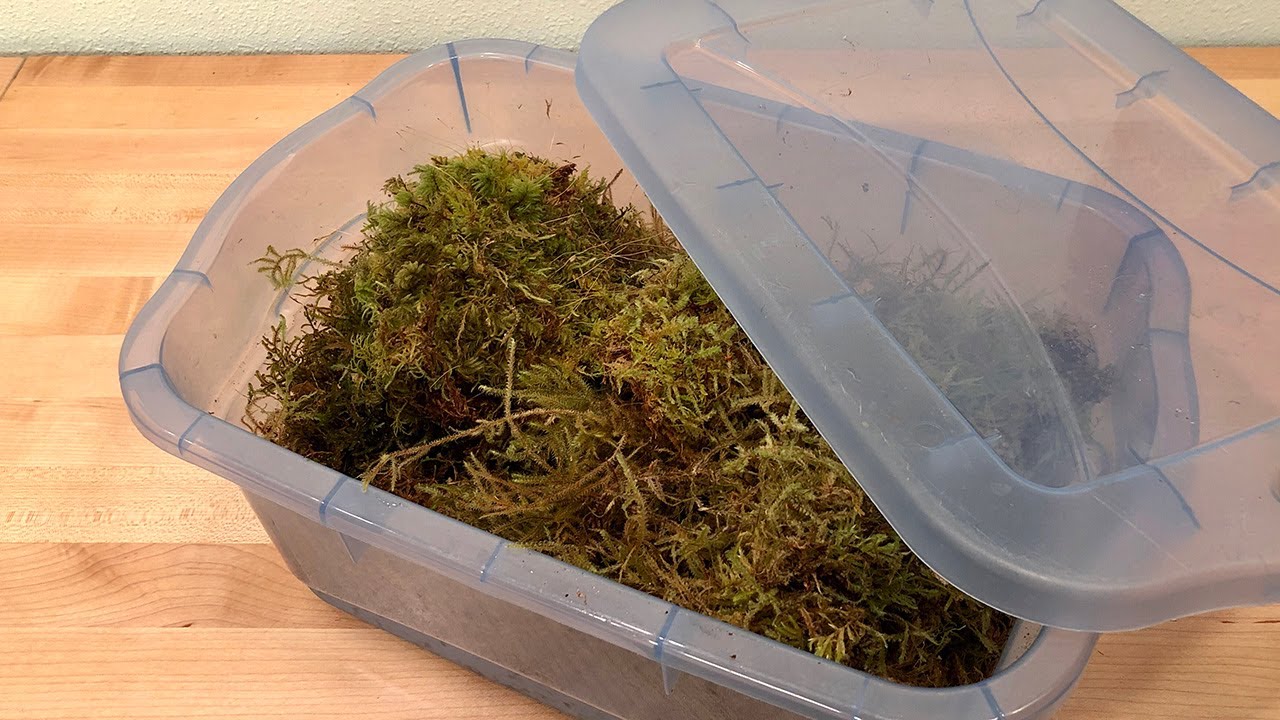

Articles
How To Store Sphagnum Moss
Modified: December 7, 2023
Learn the best practices for storing sphagnum moss with these helpful articles. Discover how to keep your moss fresh and ready for your gardening needs.
(Many of the links in this article redirect to a specific reviewed product. Your purchase of these products through affiliate links helps to generate commission for Storables.com, at no extra cost. Learn more)
Introduction
Welcome to a comprehensive guide on how to store sphagnum moss. Sphagnum moss, also known as peat moss, is a versatile and highly sought-after material that has numerous uses in gardening, horticulture, and even terrariums. Whether you use sphagnum moss for potting plants, creating hanging baskets, or as a bedding material for reptiles, it is crucial to store it properly to maintain its quality and effectiveness.
In this article, we will delve into the importance of proper sphagnum moss storage and provide you with step-by-step instructions on how to store it. Additionally, we will discuss the factors to consider when choosing the right storage container, how to prepare it, and the necessary steps to ensure the longevity of your sphagnum moss.
By following these guidelines, you can extend the shelf life of your sphagnum moss, preserve its moisture content, and prevent contamination or mold growth. So, let’s dive into the world of sphagnum moss storage and learn how to keep this valuable material in its optimal condition.
Key Takeaways:
- Proper storage of sphagnum moss is crucial to maintain its moisture, prevent contamination, and extend its shelf life. Follow the guidelines to ensure optimal conditions for gardening, horticulture, and terrarium use.
- Choosing the right storage container, preparing it, and maintaining the storage environment are key to preserving the quality and effectiveness of stored sphagnum moss. Implement these practices for long-term viability and usability.
Read more: How To Store Moss
What is Sphagnum Moss?
Sphagnum moss is a type of moss that belongs to the Sphagnaceae family. It is commonly found in wetland habitats, such as bogs and swamps, where it thrives in acidic and waterlogged conditions. Sphagnum moss is renowned for its unique properties and has been used for various purposes for centuries.
One of the distinguishing features of sphagnum moss is its ability to retain water. This moss can hold up to 20 times its weight in water, making it an excellent choice for retaining moisture in soil and providing a humid environment for plants. It is often used as a component in potting mixes, as it helps to improve water drainage and aeration.
In addition to its moisture retention capabilities, sphagnum moss also has natural antiseptic properties. It contains phenols that inhibit the growth of bacteria and fungi, making it an excellent choice for use in orchid cultivation, carnivorous plant habitats, and terrariums.
Sphagnum moss is also highly absorbent, which makes it ideal for use in reptile bedding. It can absorb and neutralize odors and liquids, helping to maintain a clean and hygienic environment for reptiles and other small animals.
Furthermore, sphagnum moss has a long shelf life when stored properly. If kept in the right conditions, it can remain usable for several years. This makes it a cost-effective and sustainable option for gardeners, horticulturists, and hobbyists.
With its versatility, water retention capabilities, antiseptic properties, and long shelf life, sphagnum moss has become a popular choice among gardening enthusiasts, florists, and terrarium enthusiasts. Now that we understand the significance of sphagnum moss, let’s move on to why proper storage of this valuable resource is crucial.
Why is Proper Storage Important?
Proper storage of sphagnum moss is essential to maintain its quality, effectiveness, and longevity. Failing to store sphagnum moss correctly can result in a loss of moisture, contamination, mold growth, and a reduced shelf life.
One of the primary reasons to store sphagnum moss properly is to preserve its moisture content. As mentioned earlier, sphagnum moss has excellent water retention capabilities. However, if it is exposed to excessive heat, direct sunlight, or dry conditions, it can lose its moisture content, rendering it less effective for its intended purposes.
In addition to moisture loss, inadequate storage conditions can lead to contamination. Sphagnum moss is susceptible to picking up foreign particles, such as dust, dirt, and other debris, which can affect its natural properties and make it less suitable for use in gardening or terrariums. Proper storage protects the sphagnum moss from unnecessary exposure and keeps it clean and free from contaminants.
Mold growth is another common issue when sphagnum moss is not stored correctly. The damp nature of sphagnum moss makes it an ideal breeding ground for mold spores. Without proper ventilation and control of humidity levels, mold can develop, causing the moss to become discolored, emit a musty smell, and potentially harm plants or animals in its vicinity.
Additionally, proper storage helps to extend the shelf life of sphagnum moss. By creating an environment that closely mimics its natural habitat – cool, dark, and moderately humid – you can preserve the integrity of the moss for a more extended period. This not only saves you money but also ensures that you have a ready supply of high-quality sphagnum moss whenever you need it.
In summary, proper storage of sphagnum moss is crucial to maintain its moisture content, prevent contamination and mold growth, and extend its shelf life. By following the correct storage practices, you can ensure that your sphagnum moss remains in optimal condition, ready for all your gardening, horticulture, and terrarium needs.
Choosing the Right Storage Container
When it comes to storing sphagnum moss, selecting the right storage container is crucial. The container you choose should provide a suitable environment for the moss, protecting it from external factors that could compromise its quality. Here are some factors to consider when choosing a storage container for sphagnum moss:
- Airtightness: Ensure that the storage container is airtight or has a tight-fitting lid. This helps to minimize moisture loss and prevent the entry of contaminants.
- Material: Choose a container made of a non-reactive material, such as plastic or glass, to avoid chemical reactions that could affect the moss. Avoid metal containers, as they may corrode or rust over time.
- Size: Consider the amount of sphagnum moss you need to store and choose a container that can accommodate it. It should have enough room for the moss to spread out, allowing for proper airflow and preventing compression.
- Transparency: Opt for a transparent or translucent container to easily monitor the condition of the moss without having to open the container frequently. This prevents unnecessary exposure and ensures that the moss is not disturbed unnecessarily.
- Stackability: If you have a large quantity of sphagnum moss, consider using stackable containers to optimize storage space.
Additionally, it’s a good idea to label the storage container with the date of storage. This will help you keep track of when the moss was stored and identify the oldest batch for use, ensuring that you rotate your stock properly.
By carefully considering these factors and choosing the right storage container, you can provide an ideal environment for your sphagnum moss, maintaining its quality and effectiveness for an extended period.
Preparing the Storage Container
Before storing sphagnum moss, it is important to properly prepare the storage container to create an optimal environment for the moss. Here are the steps to follow when preparing the storage container:
- Clean the Container: Ensure that the storage container is clean and free from any dirt, dust, or residue. Wash it with mild soap and water, and rinse thoroughly to remove any cleaning agents. This step is crucial to prevent contamination of the sphagnum moss.
- Dry the Container: After cleaning, thoroughly dry the container to remove any moisture. This helps to prevent mold growth and ensures that the sphagnum moss remains dry and free from excess moisture.
- Sanitize the Container: To further eliminate any remaining bacteria or fungi, sanitize the container by using a diluted solution of bleach. Mix one part bleach with nine parts water, and use a clean cloth or sponge to wipe the interior of the container. Rinse thoroughly with water and allow it to dry completely before proceeding.
- Add Moisture Absorbers: To maintain the ideal moisture level in the storage container, consider placing moisture absorbers inside. Silica gel packets or desiccant can help absorb excess moisture and prevent mold growth. Be sure to choose moisture absorbers that are safe to use around sphagnum moss and follow the manufacturer’s instructions.
- Avoid Chemicals: Avoid using any chemicals or pesticides in the storage container, as these can potentially harm the sphagnum moss or any plants or animals that come into contact with it.
Once you have prepared the storage container, it is now ready to house your sphagnum moss. By taking the time to properly clean, dry, sanitize, and set up the container, you are creating a conducive environment that will help preserve the quality and longevity of your sphagnum moss.
Read more: How To Store Peat Moss
Steps for Storing Sphagnum Moss
Now that you have chosen the right storage container and prepared it, it’s time to learn the steps for storing sphagnum moss properly. Follow these guidelines to ensure the longevity and effectiveness of your stored moss:
- Fill the Container: Fill the prepared storage container with sphagnum moss. Make sure not to compress the moss too tightly, as this can hinder airflow and lead to the growth of mold.
- Cover and Seal: Securely cover the storage container with an airtight lid, ensuring that it is tightly sealed. This helps to maintain the moisture content of the moss and prevents the entry of contaminants.
- Store in a Cool Location: Find a cool location for storing the sphagnum moss, away from direct sunlight and extreme temperatures. Ideal temperature ranges from 40-70°F (4-21°C). Avoid storing it in areas prone to temperature fluctuations, such as near radiators or vents.
- Avoid High Humidity: While sphagnum moss does require some level of moisture, it’s important to prevent excessive humidity in the storage container. High humidity can lead to mold growth. Monitor the humidity levels and make adjustments as necessary.
- Keep Away from Chemicals: Store sphagnum moss away from chemicals, fertilizers, or other substances that may contaminate the moss or alter its natural properties.
- Avoid Excessive Handling: Minimize unnecessary handling of the stored sphagnum moss. Every time the container is opened, there is a potential for introducing contaminants and disturbing the moss unnecessarily. Only open the container when necessary.
- Rotate Stock: If you have multiple containers of sphagnum moss, rotate the stock to ensure that the oldest batch is used first. This helps to maintain a fresh supply of sphagnum moss and prevents it from sitting unused for extended periods.
By following these steps, you can ensure the proper storage of sphagnum moss. This will help maintain its moisture content, prevent contamination and mold growth, and extend its shelf life. Now that you know how to store sphagnum moss effectively, let’s move on to maintaining the storage environment.
Store sphagnum moss in a cool, dry place to prevent mold growth. Keep it in a breathable container, such as a paper bag or mesh bag, to maintain air circulation. Avoid storing it in airtight containers, as this can lead to moisture buildup.
Maintaining the Storage Environment
Maintaining the storage environment is crucial to preserving the quality and effectiveness of stored sphagnum moss. By paying attention to a few key factors, you can ensure that the moss remains in optimal condition. Here are some tips for maintaining the storage environment:
- Monitor Temperature: Keep an eye on the temperature in the storage area. The ideal temperature range for storing sphagnum moss is between 40-70°F (4-21°C). Avoid extreme temperature fluctuations, as they can affect the moisture content and overall quality of the moss.
- Control Humidity Levels: While sphagnum moss requires some moisture, high humidity can lead to mold growth. Use a hygrometer to monitor the humidity levels in the storage area. Aim for a humidity range of 40-60% to prevent excess moisture buildup.
- Avoid Direct Sunlight: Store the container of sphagnum moss in a location away from direct sunlight. Sunlight can cause excessive heat and UV radiation, which can compromise the quality and effectiveness of the moss.
- Ensure Adequate Airflow: Proper airflow is essential for preventing mold growth and maintaining the freshness of the sphagnum moss. Avoid storing the container in a closed or tightly packed area. Allow for some ventilation to encourage air circulation.
- Protect from Pests: Take measures to protect the stored sphagnum moss from pests, such as insects or rodents. Ensure that the storage area is secure and free from any potential entry points or sources of infestation.
Regularly monitoring and maintaining the storage environment will help prolong the shelf life and effectiveness of the sphagnum moss. By providing the optimal conditions of temperature, humidity, airflow, and protection from pests, you can ensure that the stored moss remains in top-notch condition until it is ready for use.
Checking for Moisture Levels Regularly
Regularly checking the moisture levels of stored sphagnum moss is an important step in maintaining its quality and effectiveness. Monitoring and adjusting the moisture content helps prevent the moss from drying out or becoming overly saturated, both of which can impact its performance. Here’s how you can check and regulate the moisture levels:
- Visual Inspection: Regularly inspect the sphagnum moss for any visible signs of dryness or excessive wetness. Dry moss tends to look shriveled and pale, while overly wet moss may appear dark and soggy.
- Squeeze Test: Occasionally, gently squeeze a small amount of sphagnum moss in your hand to assess its moisture content. Ideally, it should feel slightly damp and springy. If it feels excessively dry, it may require additional moisture, while if it feels excessively wet, it may need better airflow or drying time.
- Weighing Method: One effective way to check the moisture levels is by weighing a specific amount of sphagnum moss regularly. Take note of the weight when the moss is fresh and moist, and periodically check the weight to identify any significant changes. This method allows you to gauge the relative moisture content of the moss.
- Adjusting Moisture Levels: If the sphagnum moss appears dry, you can mist it lightly with water using a spray bottle. Avoid over-saturating it, as excessive moisture can lead to mold growth. If the moss feels overly wet, allow it to air out and dry for a short period. You can spread it out on a tray or container with good ventilation until it reaches the desired moisture level.
By regularly checking the moisture levels of your stored sphagnum moss, you can make necessary adjustments to maintain it within the optimal range. This helps ensure that the moss retains its moisture-retention capabilities and remains effective for its intended applications.
Preventing Contamination and Mold Growth
Contamination and mold growth can pose significant risks to the quality and usability of stored sphagnum moss. Taking preventive measures is essential to maintain the integrity of the moss and prolong its shelf life. Here are some tips to prevent contamination and mold growth:
- Properly Clean and Sanitize: Ensure that the storage container used for sphagnum moss is clean and sanitized before filling it. This helps eliminate any potential contaminants that could introduce harmful bacteria or fungi.
- Avoid Exposing to Moisture: Keep the storage container and the sphagnum moss dry. Excessive moisture can create a conducive environment for mold growth. Avoid storing the moss in damp or humid areas.
- Provide Adequate Airflow: Proper ventilation is essential to prevent mold growth. Avoid sealing the container too tightly, as this can trap moisture and create a breeding ground for mold. Allow for some airflow around the container.
- Monitor Humidity Levels: Regularly check and maintain the humidity levels in the storage area. High humidity can encourage mold growth. Use a dehumidifier or ensure that the storage area is well-ventilated to control humidity.
- Inspect for Signs of Mold: Regularly inspect the sphagnum moss for any signs of mold growth. This includes visible mold patches, musty odors, or discoloration. If you detect any mold, immediately remove and discard the affected portion. Ensure that the remaining moss is thoroughly dried before storing it again.
- Avoid Cross-Contamination: Keep the stored sphagnum moss away from other potentially contaminated materials such as soil, compost, or decaying organic matter. Store it in a separate area to reduce the risk of cross-contamination.
- Proper Handling and Hygiene: Before handling the stored sphagnum moss, ensure that your hands are clean and free from any contaminants. Avoid touching the moss with dirty or damp hands to minimize the introduction of bacteria or fungi.
By following these preventive measures, you can significantly reduce the risk of contamination and mold growth in your storage container. This helps ensure that your sphagnum moss remains clean, safe, and effective for its intended uses.
Read more: How To Store Sea Moss
Tips for Extending the Shelf Life of Sphagnum Moss
If you want to maximize the shelf life of your stored sphagnum moss, there are several tips and techniques you can follow to ensure its long-term viability. By implementing these practices, you can extend the usability and effectiveness of the moss. Here are some tips for extending the shelf life of sphagnum moss:
- Store in Cool Conditions: Maintain a cool storage environment for the sphagnum moss, as excessive heat can accelerate the degradation of the moss. Aim for a temperature range of 40-70°F (4-21°C).
- Keep Away from Sunlight: Store the sphagnum moss in a dark or shaded area to protect it from direct sunlight. Sunlight exposure can lead to the loss of moisture and compromise the quality of the moss.
- Ensure Proper Ventilation: Provide adequate airflow around the storage container to prevent the growth of mold or mildew. Avoid sealing the container too tightly, as it can trap moisture and promote fungal growth.
- Rotate Stock: If you have multiple containers of sphagnum moss, use the oldest batch first. This rotation ensures that none of the stored moss remains unused for an extended period, helping to maintain a fresh supply.
- Monitor Moisture Levels: Regularly check the moisture content of the moss to ensure it remains within the optimal range. Adjust the moisture levels as needed by lightly misting with water or allowing it to dry slightly, depending on the condition of the moss.
- Inspect for Contamination: Periodically inspect the stored sphagnum moss for any signs of contamination, such as insects or mold growth. If you detect any issues, promptly address them to prevent further deterioration.
- Proper Handling and Hygiene: When handling the sphagnum moss, always ensure your hands are clean and dry to avoid introducing any contaminants. Avoid touching the moss unnecessarily, as excessive handling can lead to moisture loss.
- Label and Date Containers: Clearly label each storage container with the date of storage. This helps you keep track of the age of the moss and use the older batches first, ensuring that the freshest sphagnum moss remains in the storage for as long as possible.
By implementing these tips, you can significantly extend the shelf life of your sphagnum moss, allowing you to have a reliable supply of high-quality moss for all your gardening, horticultural, or terrarium needs.
Conclusion
Properly storing sphagnum moss is crucial for maintaining its quality, effectiveness, and shelf life. By following the guidelines and techniques outlined in this article, you can ensure that your stored sphagnum moss remains in optimal condition for an extended period of time.
We began by understanding what sphagnum moss is and its unique properties that make it a valuable resource in gardening, horticulture, and terrariums. We then explored why proper storage is important, including the preservation of moisture content, prevention of contamination, and the extension of shelf life.
You learned the importance of selecting the right storage container, one that is airtight, made of a non-reactive material, and transparent for easy monitoring. We discussed the steps for preparing the storage container, including cleaning, drying, and sanitizing it to create an ideal environment for the moss.
The article then outlined the steps for storing sphagnum moss, emphasizing the importance of avoiding excessive handling and maintaining ideal temperature and humidity levels. We addressed the need for monitoring moisture levels regularly and provided tips for preventing contamination and mold growth.
To further extend the shelf life of sphagnum moss, we offered recommendations such as storing it in cool conditions, keeping it away from sunlight, ensuring proper ventilation, and rotating stock accordingly. We also highlighted the significance of maintaining good hygiene and labeling containers with storage dates.
In conclusion, proper storage of sphagnum moss is essential to preserve its moisture content, prevent contamination, and extend its shelf life. By following the guidelines and tips provided in this article, you can ensure that your stored sphagnum moss remains in optimal condition for longer periods, allowing you to enjoy its benefits in your gardening, horticultural, or terrarium endeavors.
Frequently Asked Questions about How To Store Sphagnum Moss
Was this page helpful?
At Storables.com, we guarantee accurate and reliable information. Our content, validated by Expert Board Contributors, is crafted following stringent Editorial Policies. We're committed to providing you with well-researched, expert-backed insights for all your informational needs.

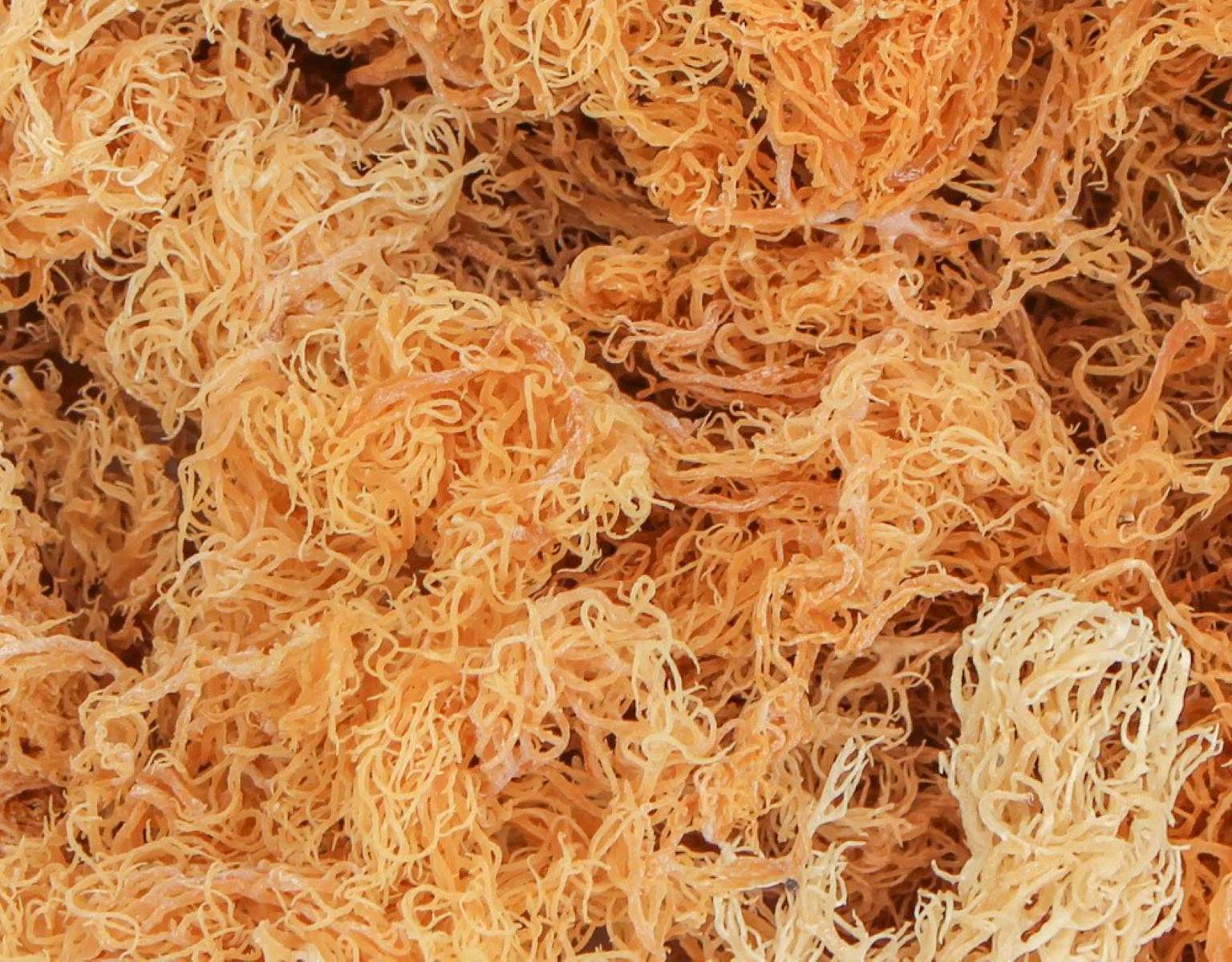

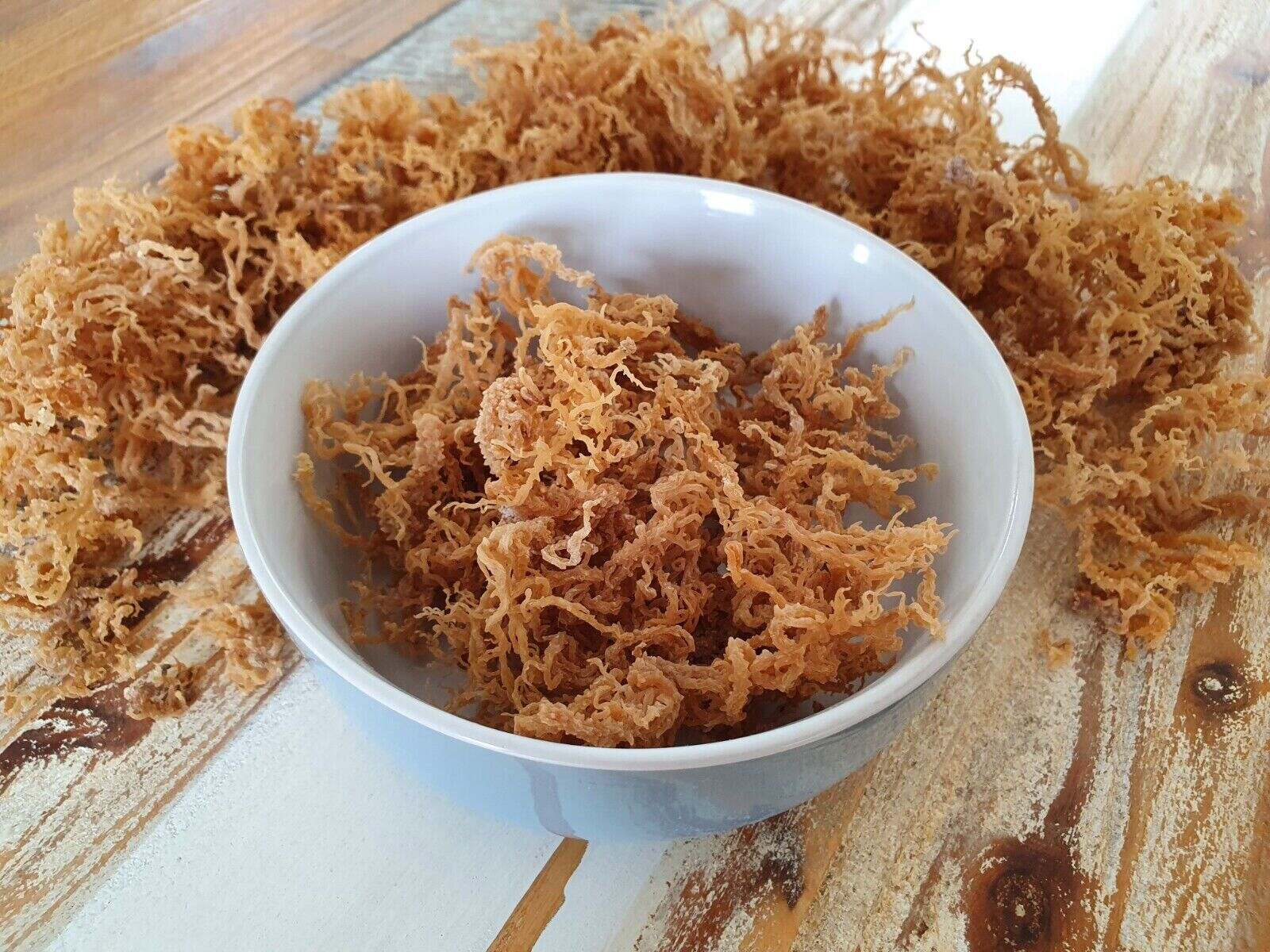
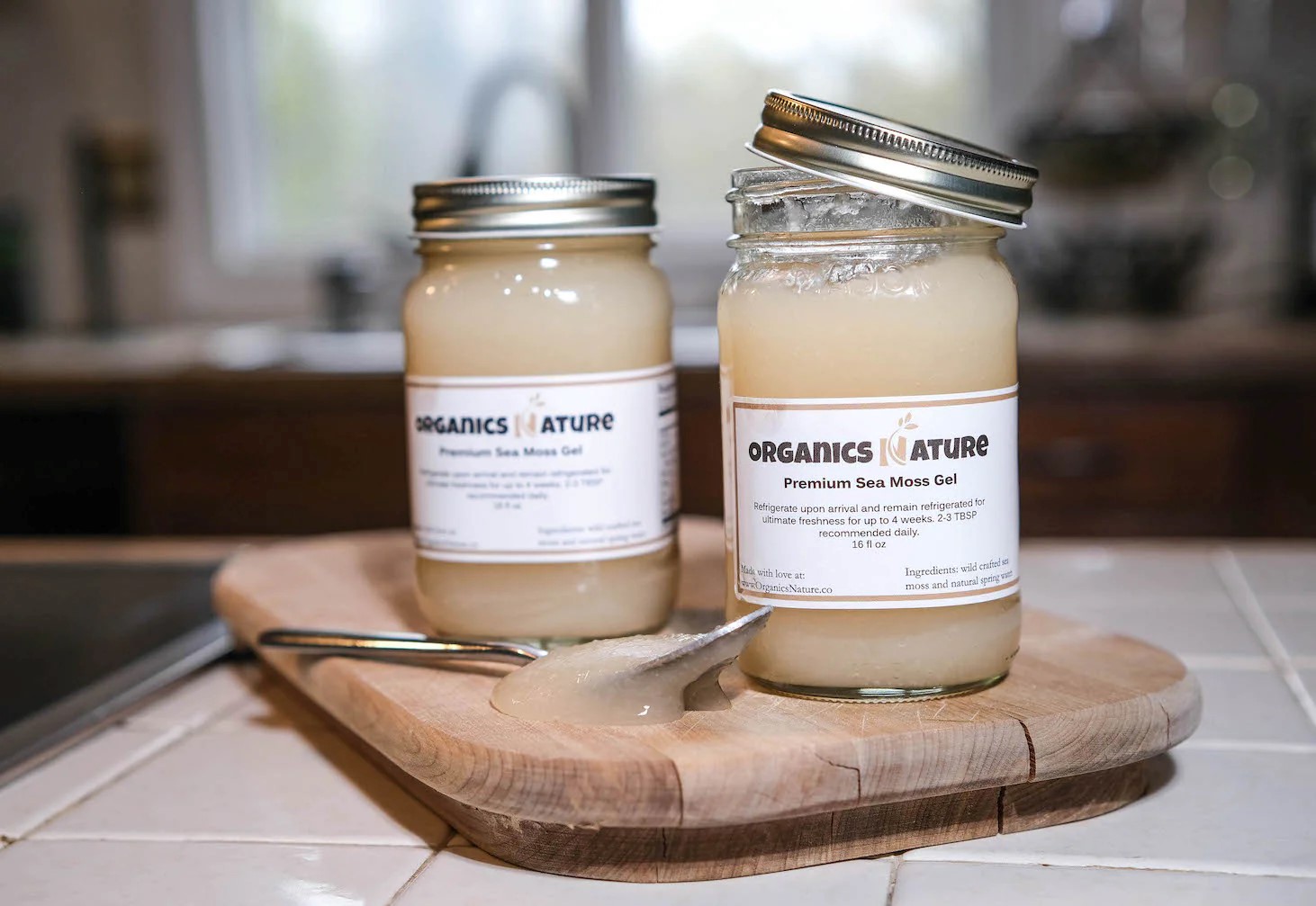
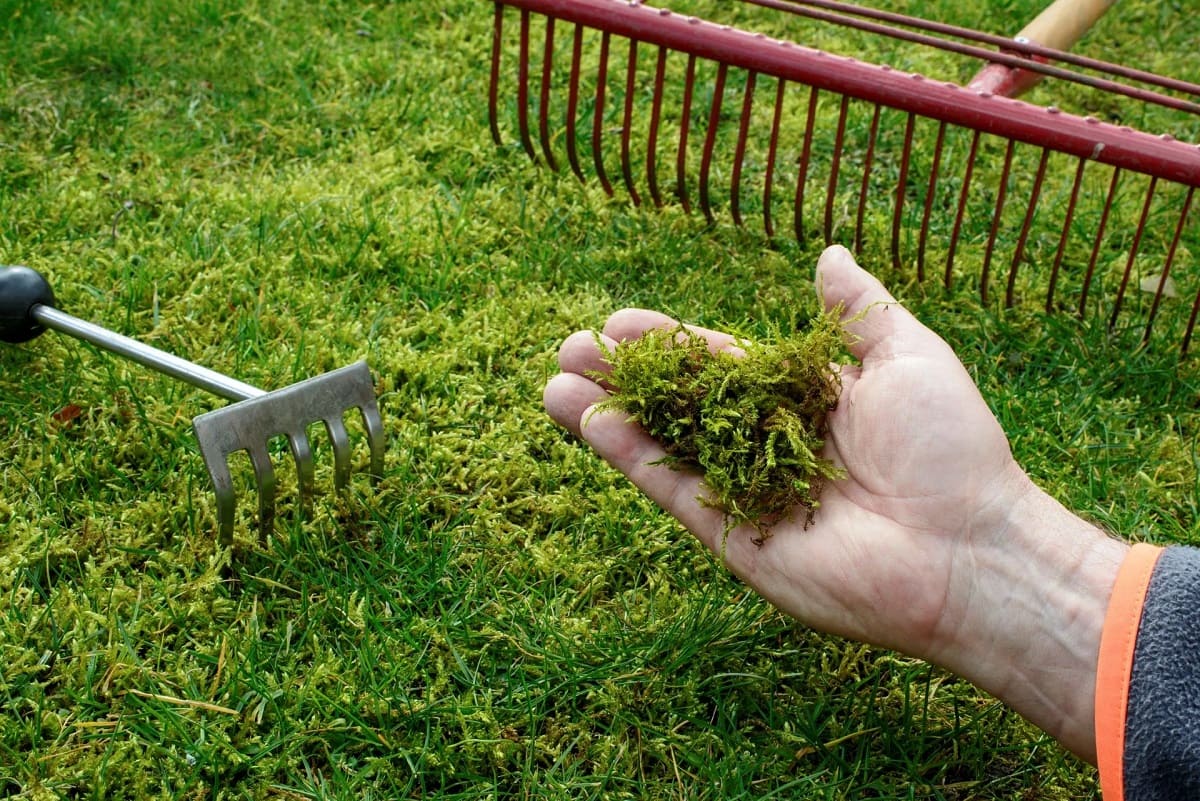
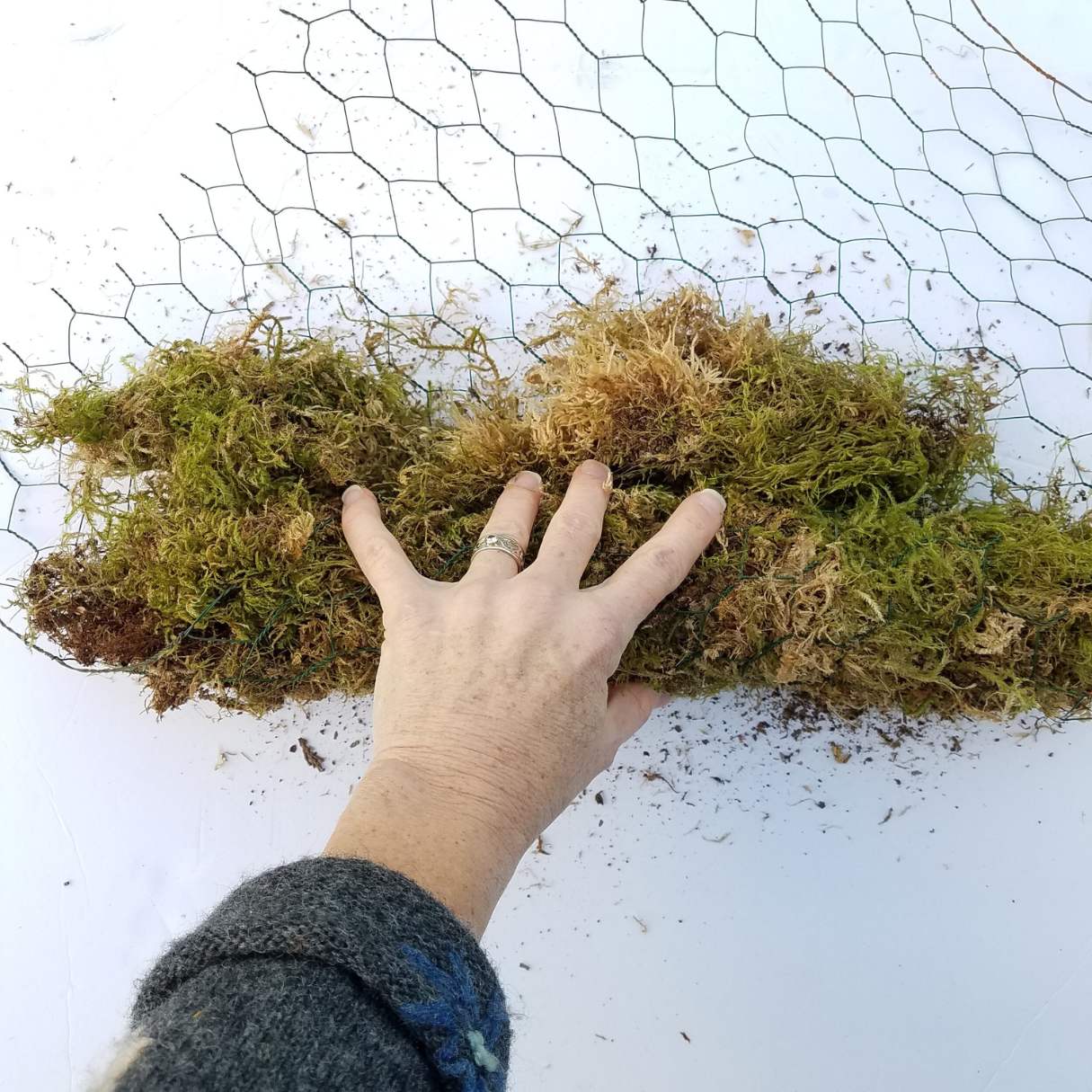
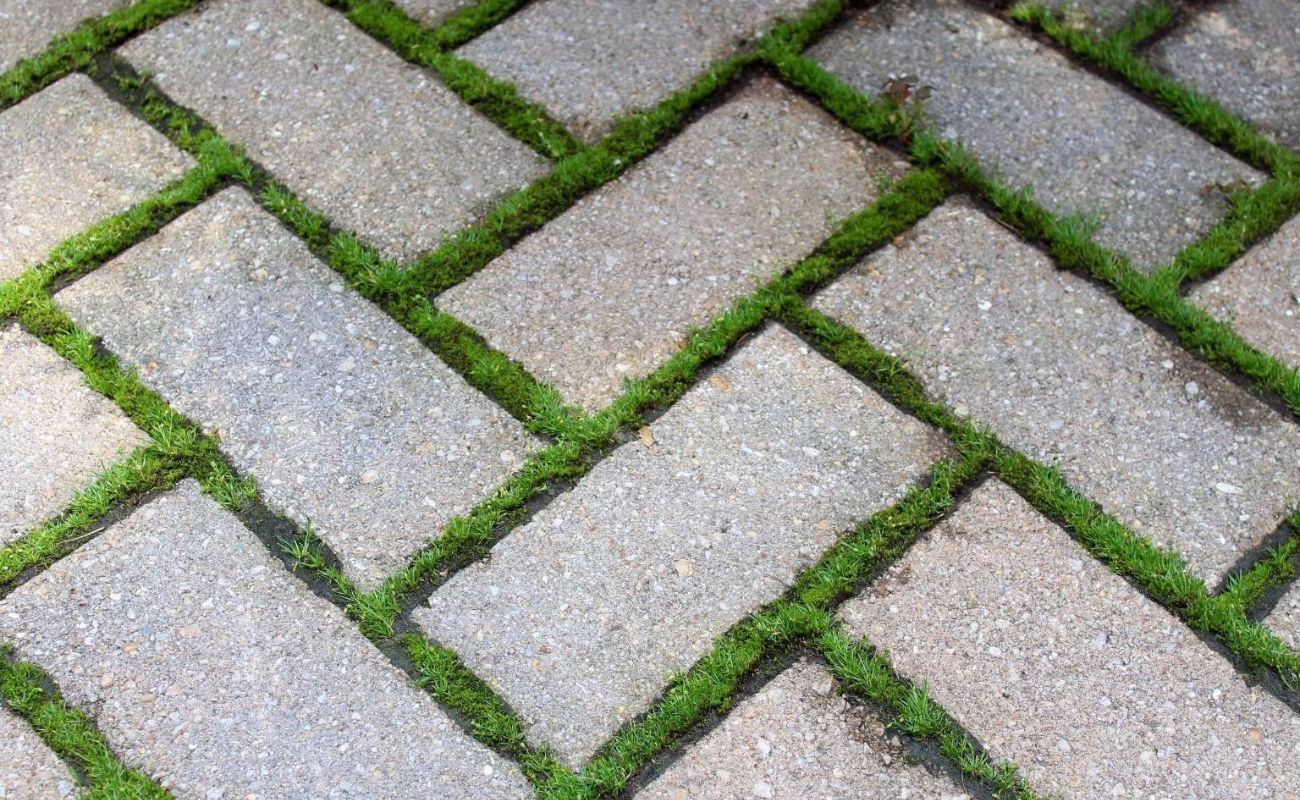
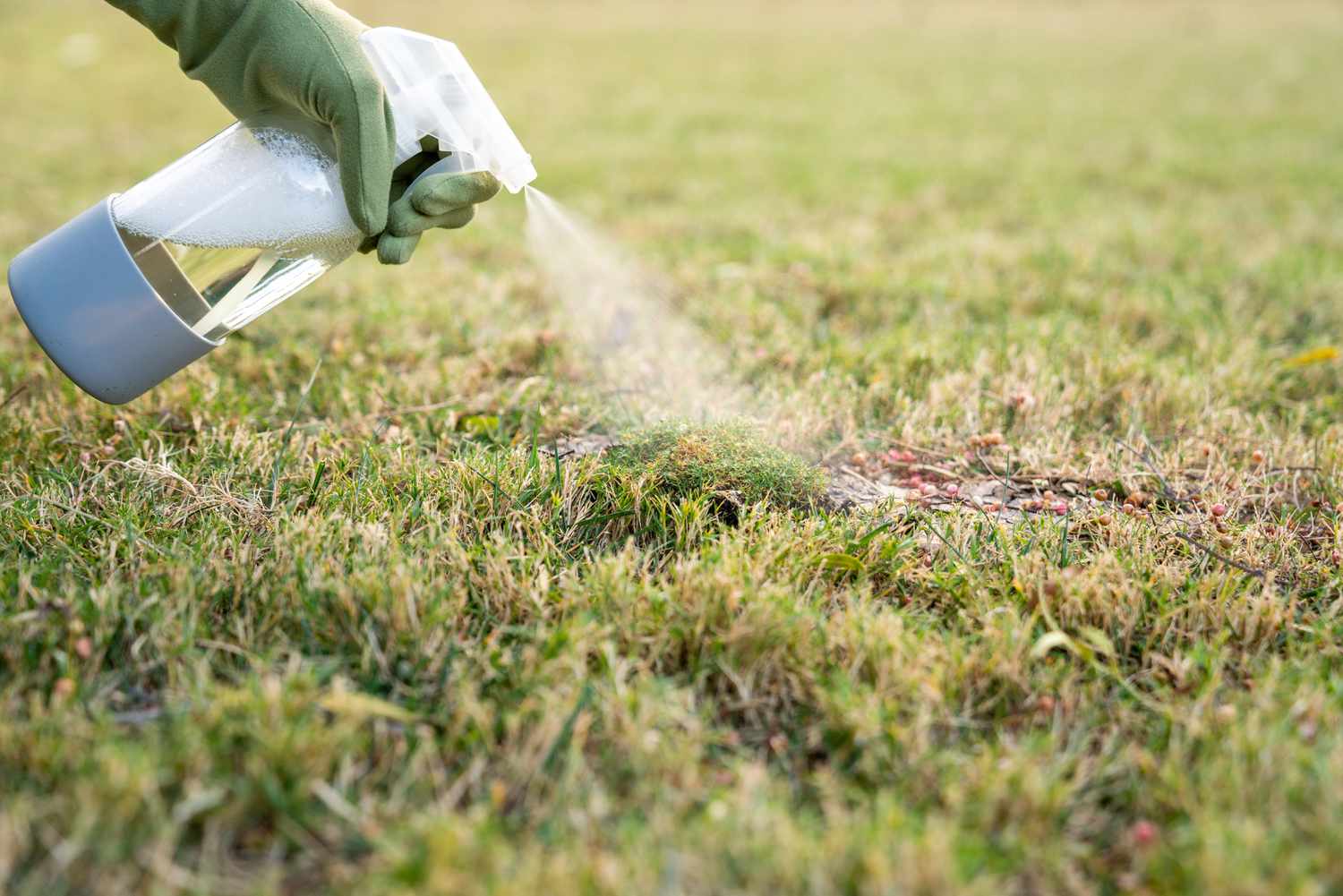

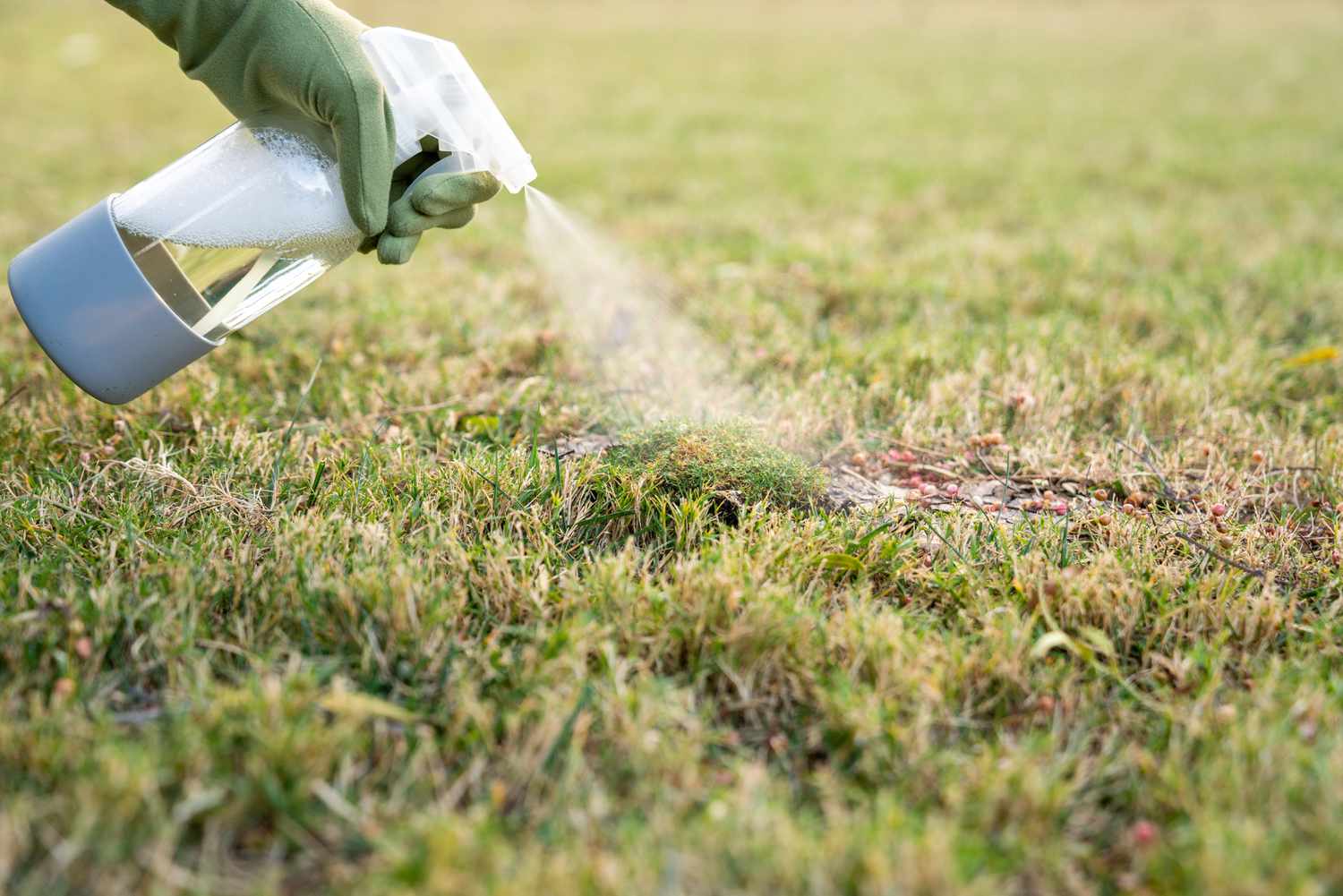
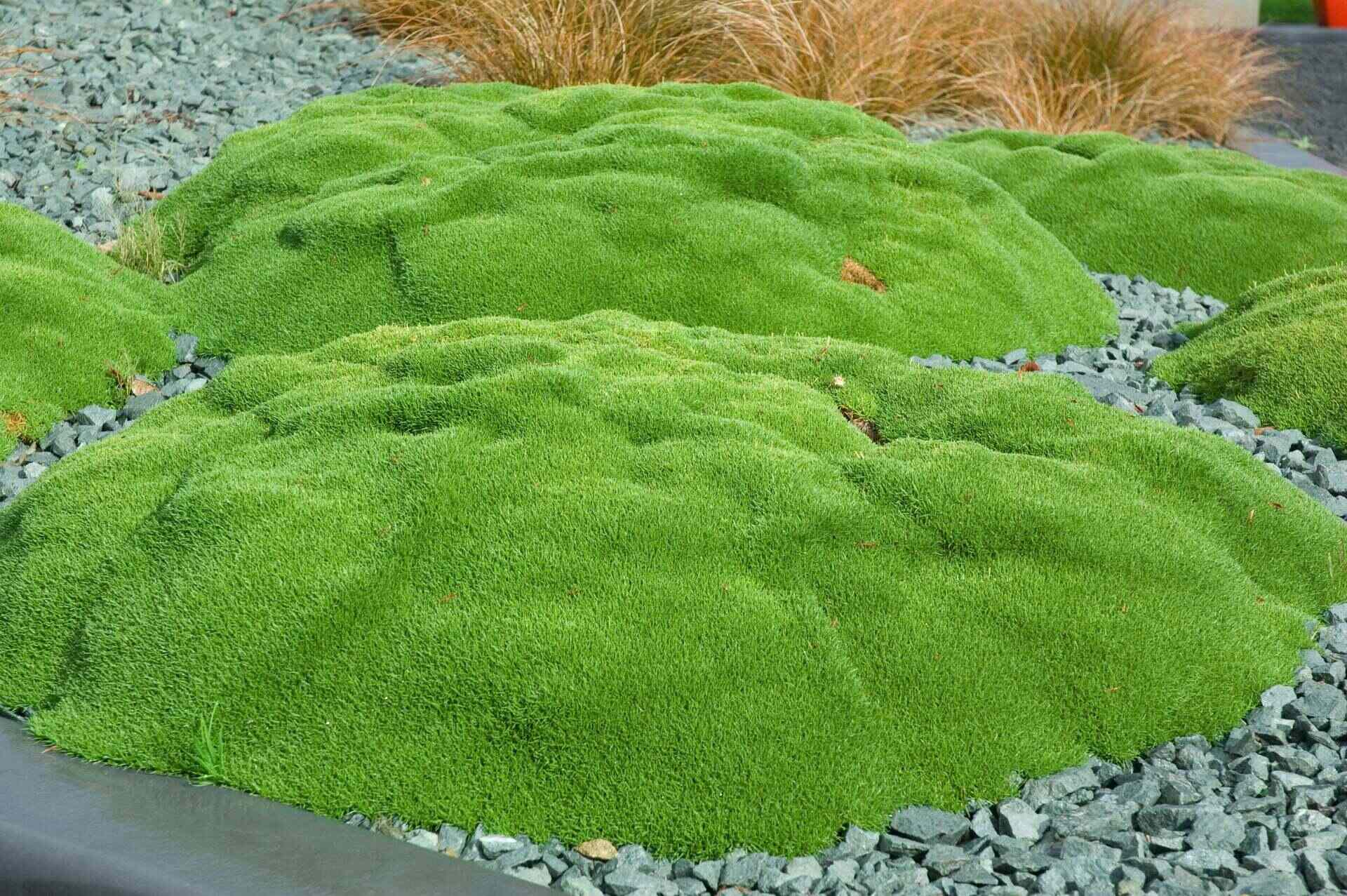
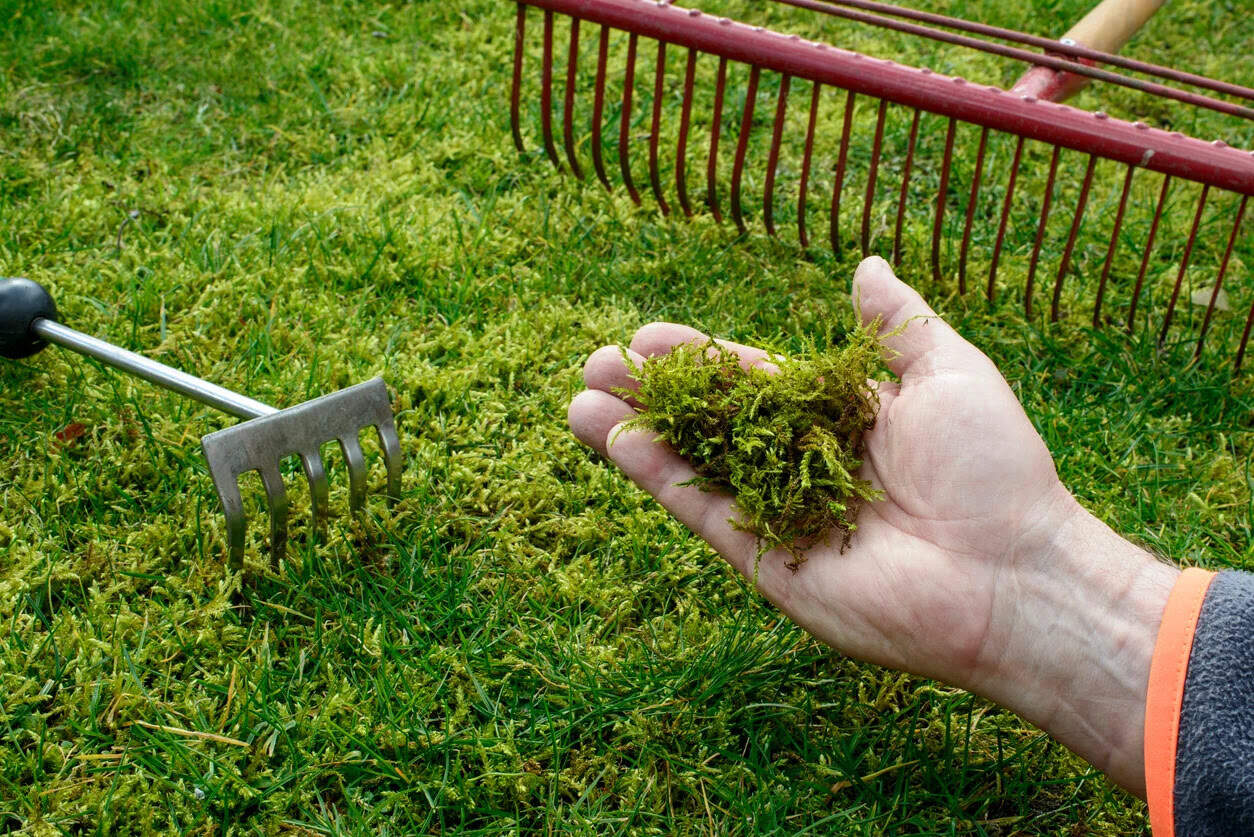

0 thoughts on “How To Store Sphagnum Moss”